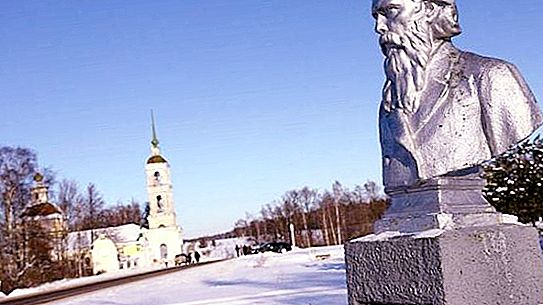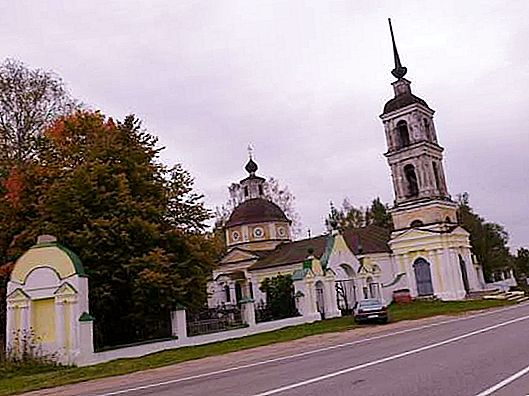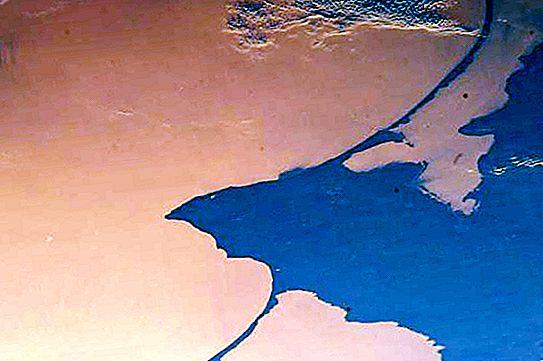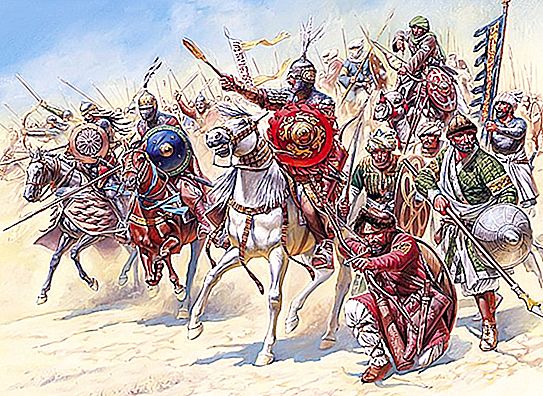Saltykov Manor is an ancient architectural structure, which is located in the Moscow region. It is located in the village, which was located at the border of three provinces. The people said that the village was at a gathering (or at a corner), which was reflected in the name of this settlement. Here the Church of the Transfiguration was built, which is the main attraction of the complex.
History reference
For the first time the village was noted in the scribe book of the 17th century. The estate located here belonged to the famous Russian satirist Mikhail Evgrafovich, who was born here and lived for ten years. But later he did not forget his native corner, periodically stopping by his native village, the image of which was captured in one of his famous works.

Saltykov Manor is a unique monument of Russian noble life of the time of the existence of serfdom, which is reflected in the current composition of the museum located here. It includes a manor manor, a landscape park, as well as a family cemetery of the famous writer’s family. Of particular interest are household items of a surname that give an idea of the living conditions of the noble landowners of the first half of the 19th century.
Church
The main architectural attraction is the Church of the Transfiguration. It is made of stone and surrounded by a fence. The temple has a bell tower and corner towers, which are made in the style of classicism with baroque elements of the late 18th century. In the first half of the next century, a refectory and a three-tier bell tower were added.

This beautiful church, no doubt, is the main decoration of the architectural complex. Saltykov Manor also attracts visitors by the fact that it has a chapel, a milestone and a holy spring.
Other attractions
The estate has a beautiful park with magnificent plantings. Linden alleys give the area special poetry and beauty. In the 19th century, ponds were an integral part of wealthy noble estates. The estate of Saltykov was no exception. Visitors will undoubtedly be attracted by the beautiful view of well-kept ponds surrounded by alleys. Historians may be interested in a memorial stone erected on the territory of the estate in honor of the stay of the famous Russian scientist D. Mendeleev, who in 1887 landed in this place in a balloon after a flight, during which he studied the eclipse of the sun.
The fate of the estate after the revolution
The estate of Saltykov-Shchedrin in 1918 passed into the ownership of the state: it was seized by the special commissariat, which was engaged in territorial areas in the county. However, a special commission on agriculture allowed the descendants of the writer to remain on the estate, since one of them fought during the Civil War, and the other was a supporter of the Soviet regime. A school and a teahouse were set up on the estate, which did not last long, since very soon the house was badly damaged in a fire. Only the garden and the remains of the foundation survived from the fire. They also managed to save the side wing and small outbuildings.

Over the 20th century, the appearance of the estate has undergone quite significant changes, however, visitors to the complex can still see a linden alley and ponds that have not been touched by time or fire. So, the park, the estate of Saltykov demanded urgent measures to update, and such measures were taken in the second half of the last century.
Museum Creation
In the 1950-1970s, the Soviet government developed a plan to create a museum on the site of the estate of a famous writer. At first, his bust was installed here, and in the year dedicated to the writer, it was decided to recreate the historical and memorial complex on the site of the house. First of all, the church was restored and its appearance was recreated as much as it had in the 18th century. Then a special art group took up the interior, which is notable for the fact that it recreated the image of "Poshekhonskoy antiquity." Currently, the question is about the restoration of the writer's house, where it is planned to move the museum itself.




